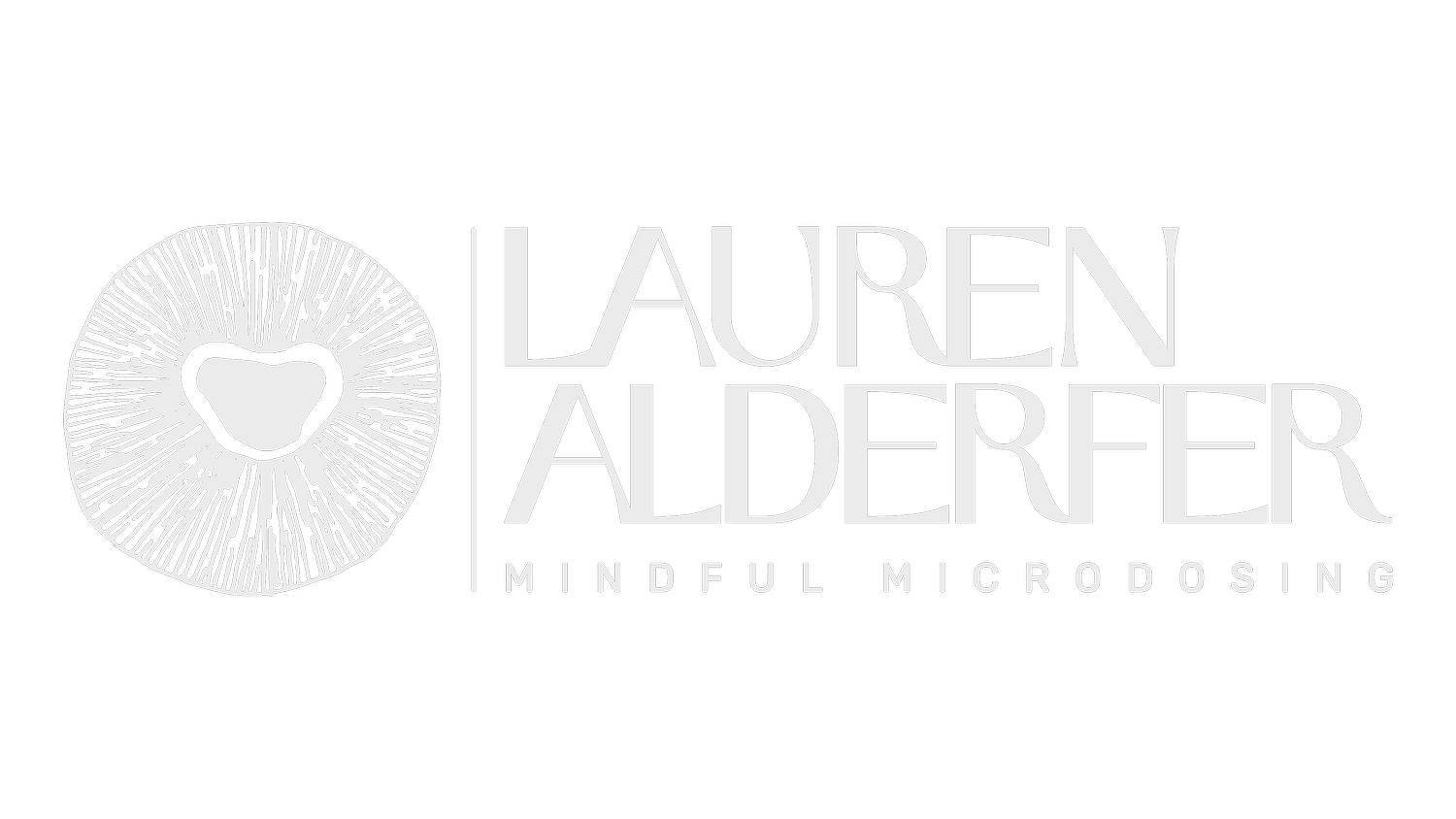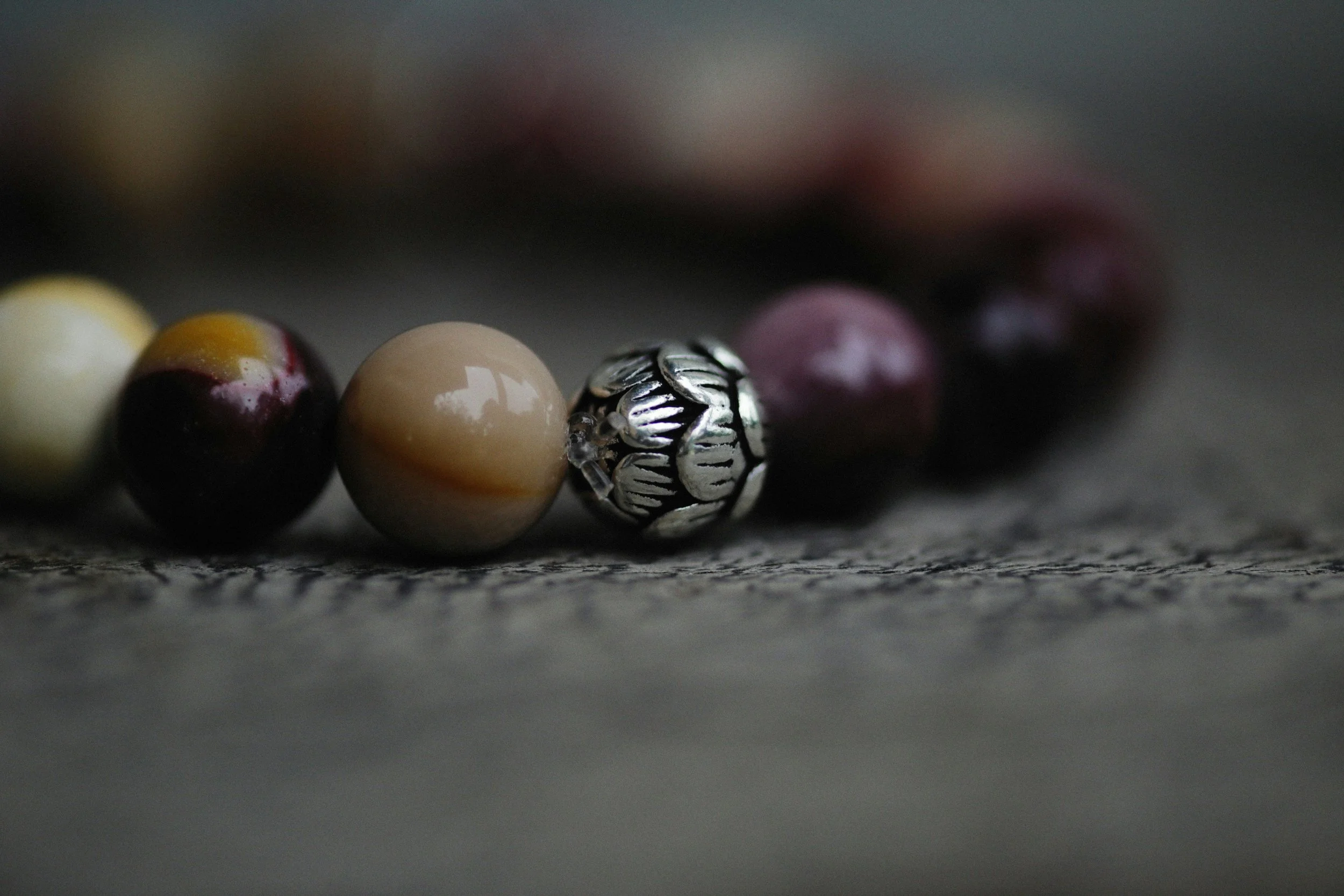Wheel of Time. Are We Our Bodies? - A Mindful Approach to Dementia & Psychedelics
Venerable Kirti Tsenshab Rinpoche kindly reassured Henry that the mala beads he had used for over twenty years had found their proper place in the depths of the Mediterranean Sea, where they had sunk on a recent trip to Greece. Rinpoche was a learned and highly revered Kalachakra (Wheel of Time or Cycle of Time: External Reality, Internal Reality, Enlightened reality) master born in Tibet in 1926. He was a pivotal teacher in the transmission of the Kalachakra, even to His Holiness the XIV Dalai Lama. In his later years, he toured the world. As part of his travels, one of his attendants explained to us, he would place precious jewels and other blessed relics in the oceans of the world, thus elevating the potential goodness for the benefit of humankind and beyond—a truly holy act.
So, Rinpoche offered Henry an understanding that the mala beads that had held so much devotion and service through years of Henry’s meditating were now serving a grander purpose for mankind—the innate impermanence of all things also being a kind reminder.
Having received a new set of mala beads, Henry asked this Venerable Rinpoche to bless them. This was a moment of great meaning for Henry. These mala beads, still used today, hold deep reverence as Henry sits for his twice-daily meditation practices and his silent recitation of mantras throughout the day.
It was a blessing that we were able to meet with Venerable Rinpoche and his personal entourage of closest monks. A dear friend of mine had lent him her weekend home just outside Delhi (where we had been living since the late 1990s), giving him the privacy he had sought to prepare for his transition. Tens of thousands knew of his imminent death, but they did not know his location. People worldwide prayed for him while, in this private compound, chants and other rituals were being conducted throughout the day and night by several highly trained monks as part of the transition.
Even his celebrity devotee could not see him in the very last days. Flying to India undercover between movie shoots, I was deeply moved to witness this actor sitting for hours outside the bedroom door under the beating sun of the Gangetic Plain. His unseen dedication and reverence may be that of a famous person, but so too are many unsung practitioners who dedicate their lives to contemplative practices—my husband, Henry, being another.
The Venerable Rinpoche had left strict instructions to be left undisturbed in the room even after his physical passing. Tibetan Buddhists aim to leave the body untouched for at least three days to allow consciousness to be directed to the next bardo, or intermediate stage. Venerable Kirti Tsenshab Rinpoche, at his level and ability, it is believed, could direct the consciousness out of the physical body to the next intermediate stage, or bardo.
There are six bardos:
The Bardo of Life – existence in physical form from birth to death
The Bardo of Dreaming – the state of consciousness during deep sleep
The Bardo of Meditation – the state of meditation
The Bardo of Dying – the gradual process of death and leaving the physical body
The Bardo of Dharmatā – a luminosity of pure awareness after physical death when the mindstream leaves the body
I first learned about the bardos when reading The Tibetan Book of the Living and Dying by Soygal Rinpoche. My life was forever changed. The idea of what our physical sense of self means, the idea that there are different cycles of birth and rebirth and in between, the impermanence of it all, the idea of a stream of consciousness—well, I could go on, but as a young twenty-something-year-old, my dedication to an inner life was given more fuel to the fire.
The idea of passing upon the physical death of the material body took on another meaning to me. Life itself had, and to this day has, a stronger goal other than one focused on the outer world. It is a polestar that is more internal, contemplative—one that is grounded in a wellspring of more loving-kindness and that aims to cultivate wisdom and compassion. There is a deep aspect of impermanence, of not being attached or repelled by an action, thought, or deed. All is ephemeral, yet all is precious.
This does not take away my attention to outwardly living in the world. But there is constant self-reflection and mindfulness to check again and again… How well aligned am I to these intentions—in all I think, do, and say? Am I grounded in loving-kindness? Do I need to be more present? More proactive? If I am acting out of frustration or impatience, can I witness that without judgment? Can I be compassionate with myself?
Years of both contemplative practice and mindfulness have been support along the way. Plant medicine, especially microdosing, has become a more recent support. This is true for me, as well as for Henry. His siblings attribute microdosing to lessening any anxiety he may have. Though not logically easy to understand—although microdosing can help with sleep, anxiety, and have other benefits—Alzheimer’s still runs its course.
That was apparent yesterday. Henry had reached a new experience as part of the Alzheimer’s journey. He had not been able to find his mala beads for a few days. Yes, the same mala beads that Rinpoche had blessed over fifteen years earlier. Waking up very distraught and out of sorts, he came to the conclusion that his mala beads were gone forever. Not only that, but he felt his mind had gone crazy. He broke down crying uncontrollably for at least half an hour. He emphatically said, “I am ready to go!”
During the breakdown, I also felt I could not reach him. He told me later that, in fact, he was too broken and confused to understand what was happening or to notice I was there. Nothing made logical sense, but nor does Alzheimer’s.
Henry had not left the house since misplacing the mala beads, so I was sure they would be found. After searching the usual places, several hours later I came across Henry’s mala beads in an unusual spot. The relief that came over him was also a relief to me. More importantly, however, was the opportunity to take pause and reflect on what had just transpired. With deep listening and compassionate understanding, we were able to review the mental breakdown and traumatic weeping.
We went back to our understanding about ego vs. attachment, as described in an earlier blog #18. In fact, I read parts of the blog aloud. In this case, the ego attachment was to the mala beads—a thing, albeit a thing that represented so much; a ritual around its use helping Henry dive into the inner cave of meditation. More than the mala beads, being immersed in a deep sense of peace and safety now took priority.
An understanding arose that anything that could cause anxiety was better to let go of. The decision was made not to wear the mala beads. Instead, they would be placed on the meditation altar and be there at all times.
Another pivotal embodied understanding was that Henry expressed he could trust me completely. This was something we had been building since his formal diagnosis two years ago. This is monumental; for as Henry’s world gets smaller, the importance of feeling safe and at peace takes on the highest priority. A caregiver has a primary role in ensuring this “energetic” mantle of support protects the person at all times. I believe this is my goal, especially before all cognition is lost. And isn’t cultivating more loving-kindness—ensuring that the other is safer, more at peace, and happier—an ultimate practice? Yes, balance the needs of the caregiver, but the dedication of one’s intentions and efforts are for the betterment of not oneself but of another.
Lastly, Henry expressed that he felt he had lost his mind. There was a flash of self-awareness that this was the brain of Alzheimer’s. He wanted none of it.
I had already been noticing that Henry was slipping into a moderate stage of the disease—his confusion increasing, his ability to be present less available. The need for prompting and support was becoming a requirement for him to function. So we are now at a new crossroads. As hard as this experience was for Henry, and hard for me to witness, I am grateful that we can now both refer to yesterday’s event and let it serve as an inflection point along this journey.
The fact that Henry himself felt his cognition was out of control and his ability to “think straight” was not always available to him circled back to the discussion on when to die with dignity. Henry recently stated that he wants to have enough cognition to gather those closest to him and curate the passing, as described in an earlier post #40. At this moment, he is aware that cognitive ability is slipping away at times.
So when is the right time? Is there a right time? Or is it when it feels right to Henry? How to determine that?
I mentioned that he had said he is ready to go. “Did he mean it?” I asked.
Henry shared that he still feels present enough. I agreed. So our newest criterion for Henry deciding when is the appropriate time will revolve around being present. How do you determine when you are present? When you are present enough? What happens when being present becomes elusive? These questions and more will be our next big contemplation in the journey.
I am immensely grateful that this heartbreaking crisis has given light to a deeper flame of unknowing—but a not knowing that has already cultivated greater understanding, connection, and trust as I seek to honor Henry’s wishes.
My biggest wish is for a peaceful passing. I truly believe transitioning from the physical body is sacred. Are we our bodies? I do not believe so. The human potential may be highlighted by Venerable Kirti Tsenshab Rinpoche.
Several days after Rinpoche had left his physical body, a few people were allowed into where he had transitioned. I experienced a room filled with colored light—a palpable peace beyond words. He had manifested the Kalachakra from the liminal space of his mindstream, visible to some who entered the room.
- Lauren Alderfer, PhD.


